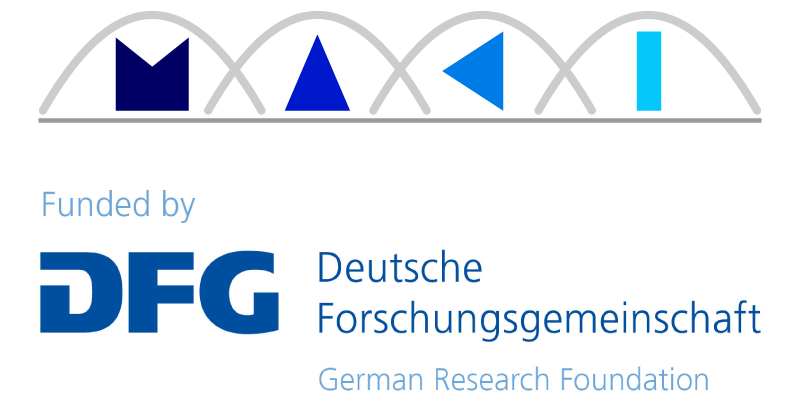Subproject D1 builds on existing MAKI solutions to explore and implement the concept of Liquid Connections for wireless networks. Liquid Connections enable applications with mission-critical requirements by defining modes of operation and associated requirements for data streams, which are communicated to both the underlying protocol layers and the network. Using this information, all network nodes can dynamically adapt connections to the current conditions and use the optimal mechanism combinations for the respective data stream. Therefore, Liquid Connections do not only adapt end-to-end (for example, by reducing the data rate in the case of poor connectivity) but also allow each node to optimally combine technologies and transmission strategies. The advantages of the concept can be explained using the example of an UAV. The favored mode of operation in this scenario allows interactive control of the UAV, which requires a control link and a live video stream. The goal is to maintain this mode for as long as possible. Therefore, performance degradations of the wireless link can be compensated to some extent, e.g., by reducing the video quality or by cooperative transmissions from infrastructure nodes. However, due to the limited range of the wireless link, shadowing, or interference, this mode of operation cannot be guaranteed permanently. Liquid Connections, therefore, provide the mechanisms to respond to these situations. For example, nodes can trigger a change in operating mode to use more robust technologies with less bandwidth and control the UAV with more abstract commands, such as waypoints. These fundamentally different operating modes, in turn, require application-level transitions to provide optimal mechanisms for interaction with the user. To trigger the change in operating modes, the nodes signal constraints, such as bandwidth limitations or connectivity loss, to the application on the end nodes. This differs from current non-transition-capable communication systems that rely on a fixed configuration consisting of a physical transmission channel, a radio technology, a communication protocol, and a task-specific user interface. To foster adoption of our approach, it is essential that Liquid Connections can be used without specialist knowledge, allowing the definition of operating modes independen from details of the underlying protocols and radio technologies. Based on the definition of these modes, data is prioritized and combinations of mechanisms are selected depending on the context, so that applications with mission-critical requirements remain in an operative state, even in the event of sporadic disconnections or temporary offline operation. The application can continue to be used in a meaningful way even if the connection quality is temporarily reduced. Due to the dynamics of wireless networks, this must be automated and without interaction by users. Liquid Connections are to be designed, implemented as a prototype, and evaluated under practical conditions.
In summary, D1 makes a central contribution to the CRC, enabling applications with mission-critical requirements over inherently probabilistic wireless channels. The domain-specific challenges, especially the adequate handling of the complete spectrum between perfect connectivity to temporary outages, will be addressed using Liquid Connections. The subproject builds on results from previous project phases and covers relevant use cases of the future Internet.







